You have not yet added any article to your bookmarks!

Join 10k+ people to get notified about new posts, news and tips.
Do not worry we don't spam!
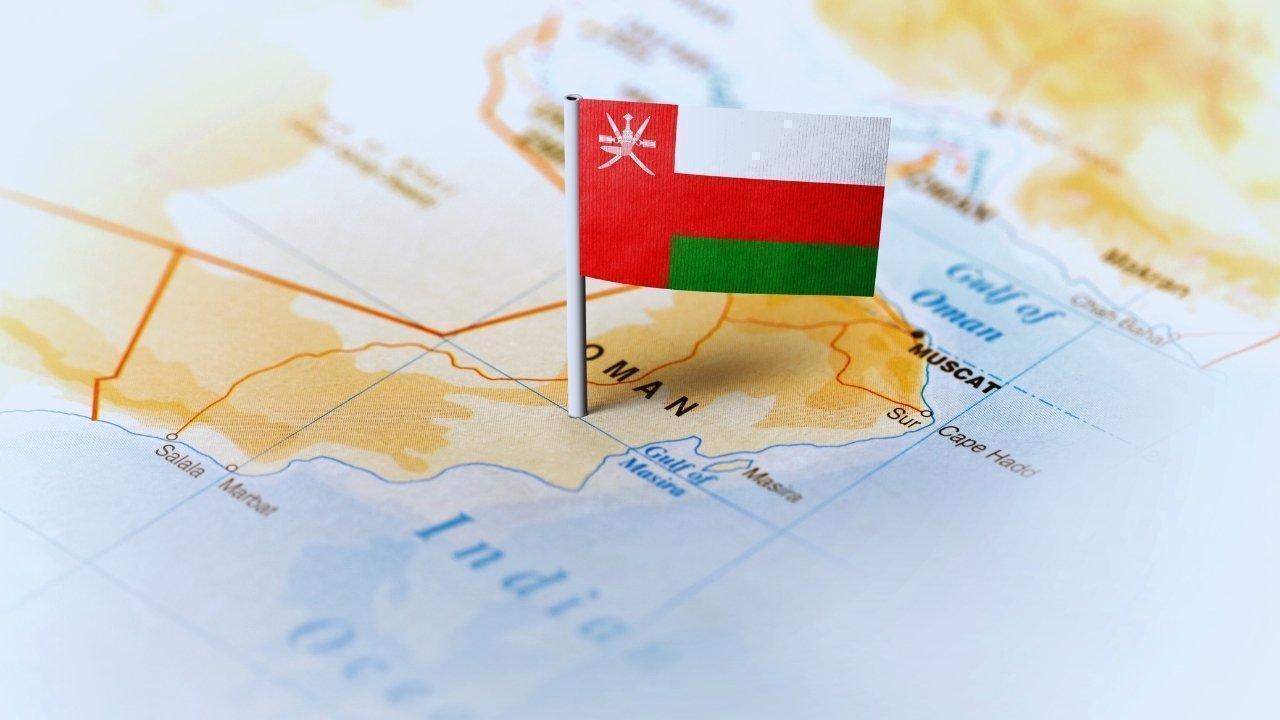
Post by : Anis Farhan
India and Oman share a long history of trade, cultural ties, and mutual respect. Located strategically along vital maritime routes, Oman has always been an important partner for India in the Gulf region. Traditionally, the relationship between the two nations has been anchored in energy, with Oman supplying petroleum and petrochemical products to India. However, as both economies diversify and global trade dynamics shift, there is a growing realization that the partnership needs to evolve.
The proposed Comprehensive Economic Partnership Agreement (CEPA) between India and Oman is a significant step in this direction. Expected to be signed soon, the agreement aims to enhance trade and investment flows, reduce tariff barriers, and promote collaboration across a wide range of industries. It reflects India’s ambition to deepen ties with the Gulf while also aligning with Oman’s strategy of economic diversification under its Vision 2040 plan.
Energy has been at the core of India-Oman trade for decades. India, one of the world’s fastest-growing energy consumers, has relied heavily on Oman’s crude oil and liquefied natural gas supplies. Oman, in return, benefited from India’s demand and investments in the energy sector. But as India strengthens its renewable energy push and Oman seeks to diversify away from hydrocarbons, both countries recognize the need to build a more resilient and diversified partnership.
The CEPA is expected to cover not just petroleum and petrochemicals but also critical sectors such as information technology, healthcare, education, infrastructure development, and tourism. By broadening the economic base, both nations aim to secure long-term stability in trade relations and shield themselves from global energy market fluctuations.
Bilateral trade between India and Oman has been growing steadily, crossing the $12 billion mark in recent years. India is Oman’s second-largest trading partner, while Oman has become a gateway for Indian companies to access other Gulf and African markets.
The CEPA could push this trade volume significantly higher. Reduced tariffs and streamlined regulations would encourage Indian exports in pharmaceuticals, textiles, automobiles, and processed foods, while Oman would be able to expand its exports of petrochemicals, fertilizers, and minerals. The service sector—especially IT, fintech, and education—is also likely to see rapid growth under the new framework.
Oman’s Vision 2040 economic blueprint emphasizes diversification, innovation, and sustainability. The country aims to reduce dependence on oil revenues and develop competitive sectors such as logistics, tourism, fisheries, and manufacturing. India, with its vast experience in IT services, infrastructure development, and affordable manufacturing, can play a pivotal role in helping Oman achieve these goals.
For example, Indian IT companies are already exploring opportunities in Oman’s financial services and government digitization projects. Similarly, Indian construction firms have shown interest in Oman’s ambitious infrastructure plans, including smart cities, industrial clusters, and renewable energy projects.
One of the most important aspects of India-Oman trade is their maritime connectivity. Oman’s ports—such as Duqm and Salalah—are strategically located along major international shipping lanes, making them ideal hubs for regional and global trade. India, with its “Act East, Think West” policy, is keen on using these ports to strengthen connectivity with the Gulf, Africa, and Europe.
The CEPA is expected to include provisions for improving logistics, shipping cooperation, and port development. This will not only reduce trade costs but also boost India’s ambition of becoming a global trade hub.
While the agreement aims to move beyond hydrocarbons, energy will remain an important pillar. India is expected to continue importing petroleum and petrochemicals from Oman, but new areas such as renewable energy collaboration, green hydrogen, and carbon-neutral technologies are likely to dominate future discussions. Oman has announced ambitious plans to become a major player in green hydrogen production, and India has already shown interest in partnering in this sector.
Such collaborations will help both nations align with global climate goals while ensuring long-term energy security.
A significant feature of the India-Oman trade pact is its focus on SMEs. Both countries have vibrant small business ecosystems that can benefit from reduced trade barriers, joint ventures, and investment incentives. For Indian SMEs, Oman provides an entry point to the Gulf and African markets, while Omani entrepreneurs gain access to India’s vast consumer base and technology expertise.
This SME-driven collaboration could lead to innovation in areas such as agritech, fintech, and digital services.
Beyond economics, India and Oman enjoy deep cultural and social connections. Over half a million Indians live and work in Oman, contributing to its economy and serving as a bridge between the two nations. Educational exchanges, healthcare collaborations, and tourism partnerships are expected to receive a boost under the CEPA.
Oman’s universities are increasingly partnering with Indian institutions, while Indian healthcare providers are exploring opportunities to set up facilities in Oman. Such initiatives strengthen not only trade but also the human dimension of bilateral ties.
The India-Oman trade pact also has strategic implications. Oman’s geographical location near the Strait of Hormuz makes it a key partner for India’s security and energy interests. Closer economic integration will further strengthen India’s presence in the Gulf, especially as competition in the region intensifies.
Moreover, the CEPA complements India’s other trade deals in the region, such as the CEPA with the UAE, and positions it as a reliable partner for Gulf states seeking diversification. For Oman, aligning with India helps balance relationships with larger powers while securing a steady inflow of investments.
While the pact holds great promise, it will not be without challenges. Differences in regulatory frameworks, competition from other Gulf countries, and global economic uncertainties could slow implementation. Ensuring that the agreement benefits all sectors and addresses concerns of local industries will be critical.
Another challenge lies in maintaining balance between traditional energy cooperation and emerging areas like technology and services. Both governments will need to provide clear guidelines and supportive policies to ensure smooth execution.
The India-Oman CEPA represents more than just a trade agreement—it symbolizes a forward-looking partnership built on trust, shared goals, and mutual benefit. If successfully implemented, it could serve as a model for India’s future trade engagements with other Gulf nations.
For businesses, it means new markets, reduced barriers, and greater opportunities for collaboration. For citizens, it promises better connectivity, job opportunities, and stronger cultural exchanges. And for both governments, it represents a strategic alignment that could redefine their roles in regional and global trade.
As the world economy faces uncertainties, the India-Oman partnership stands out as an example of how countries can adapt, diversify, and grow together.
This article is intended for informational purposes only. It reflects recent developments and projections related to the India-Oman trade agreement. The views expressed are based on available information and should not be considered financial or policy advice.
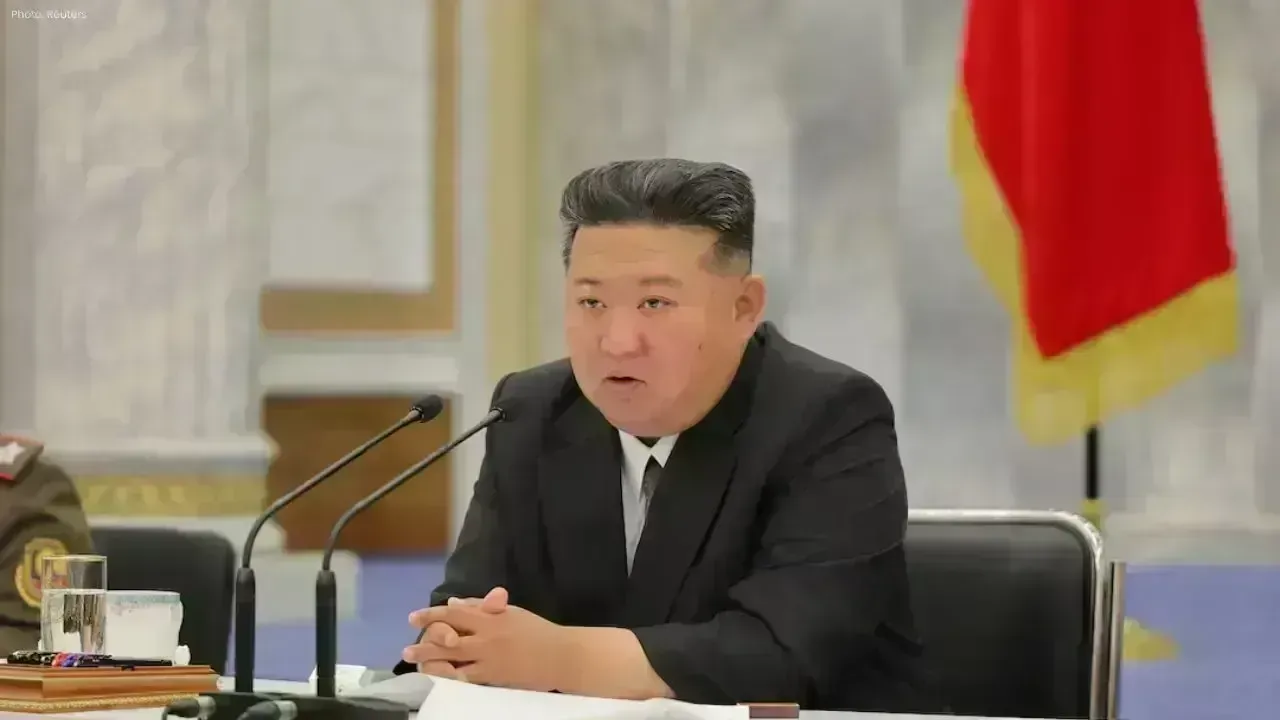

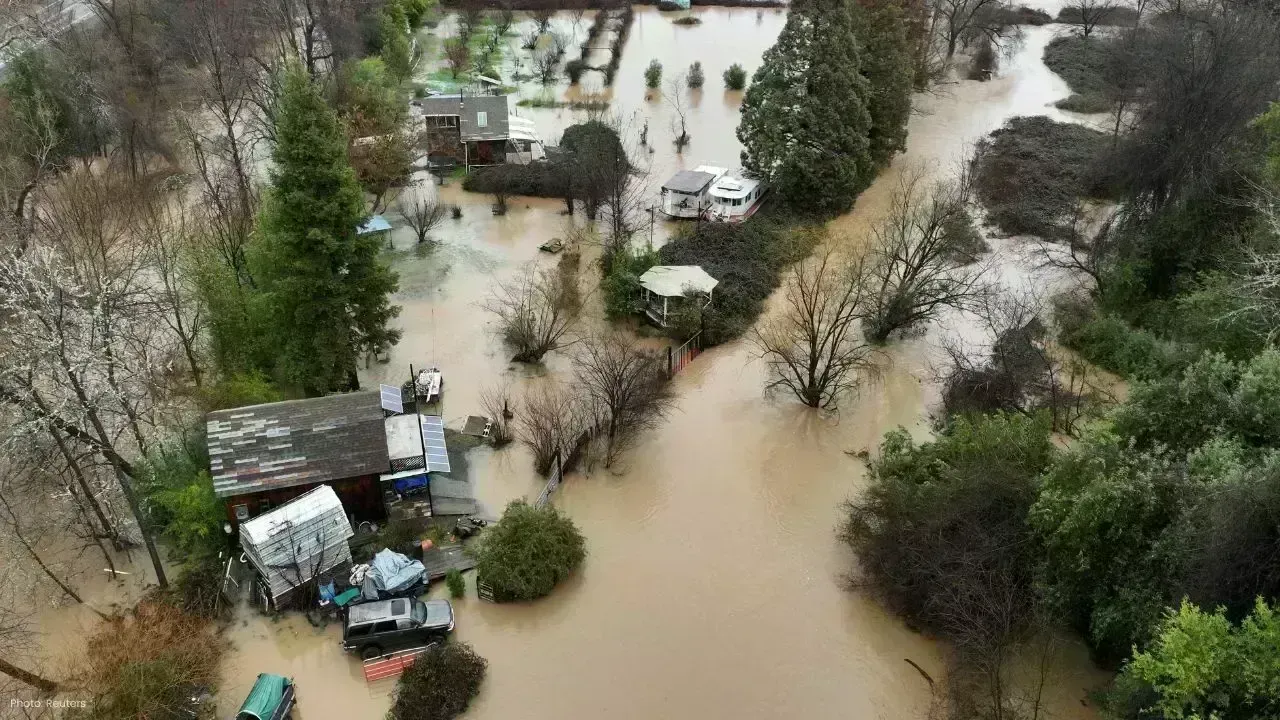
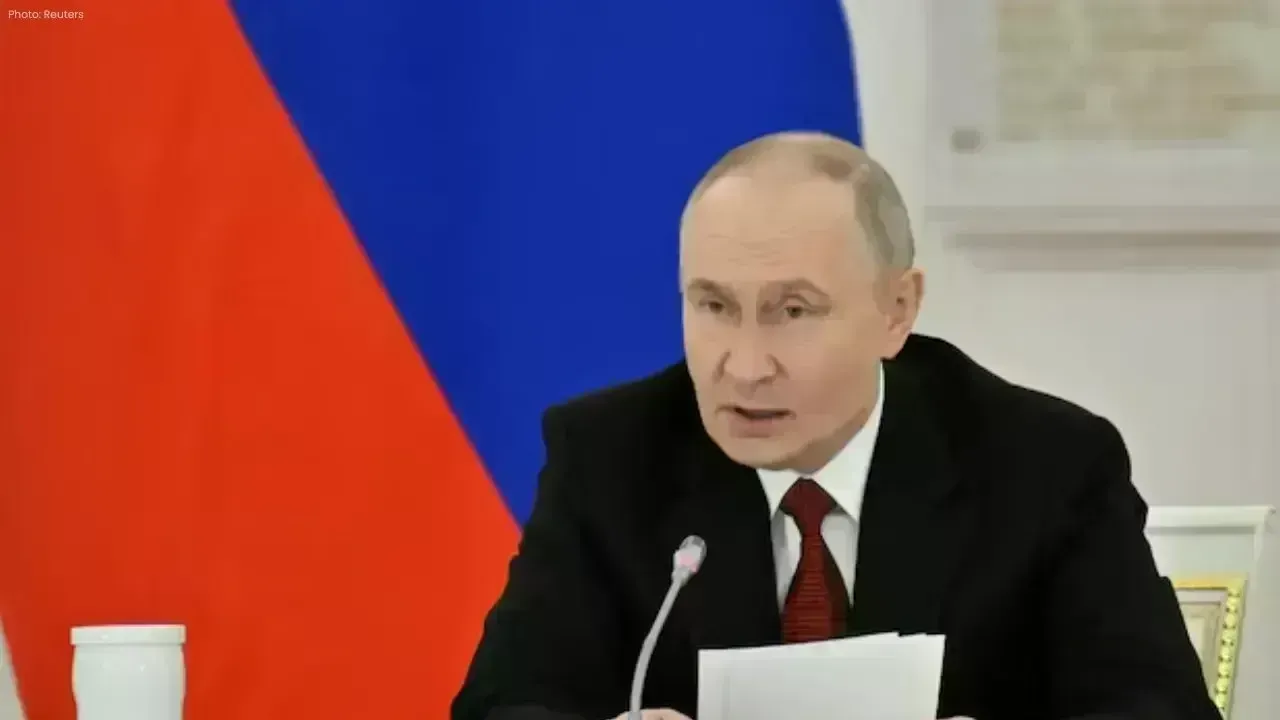
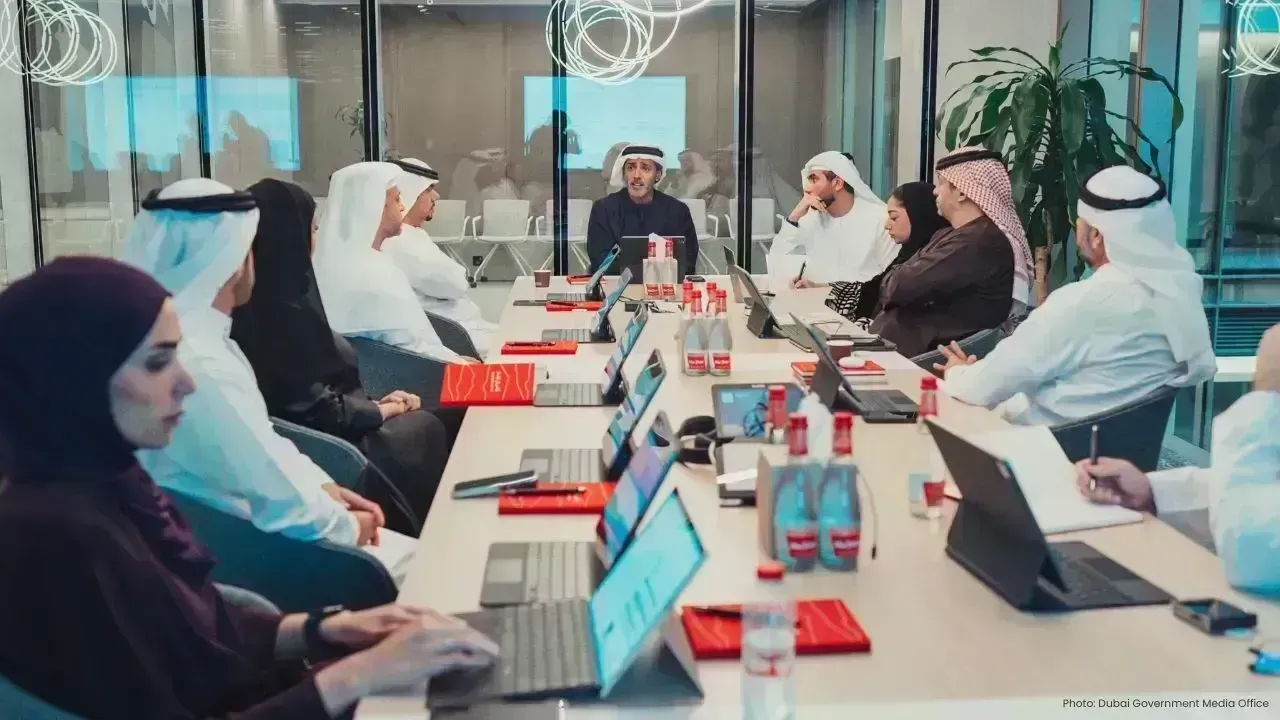

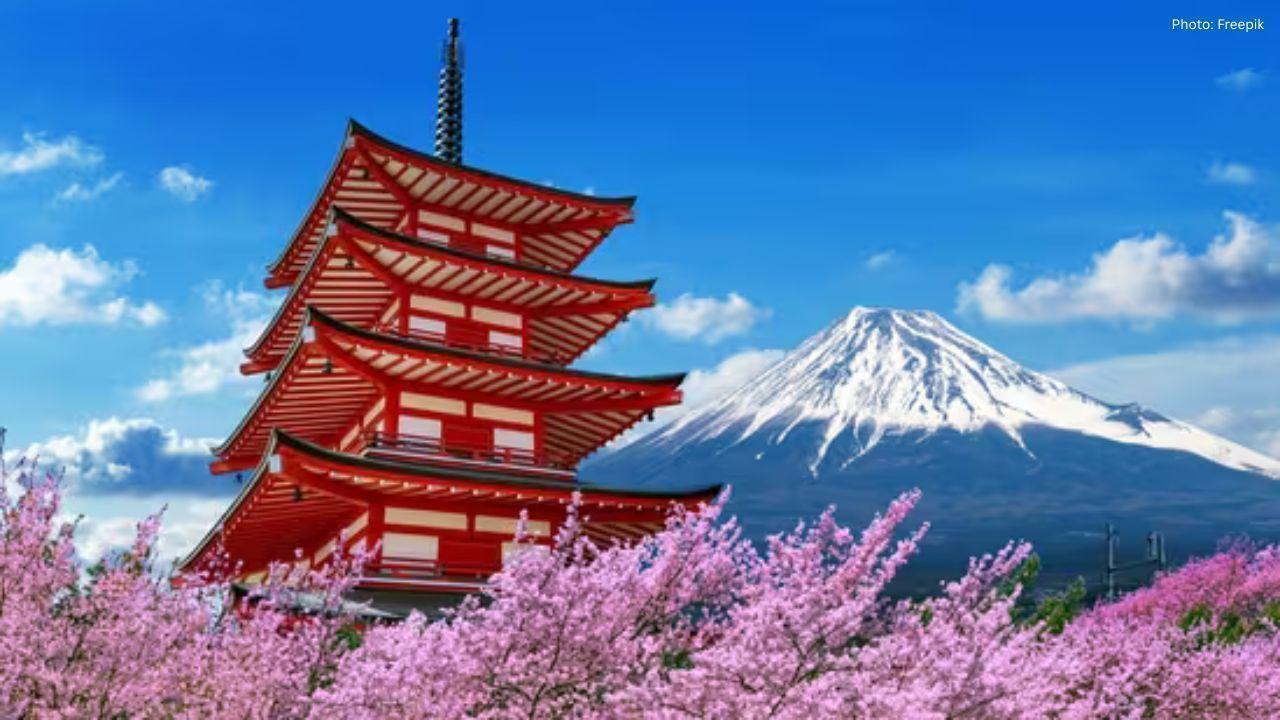
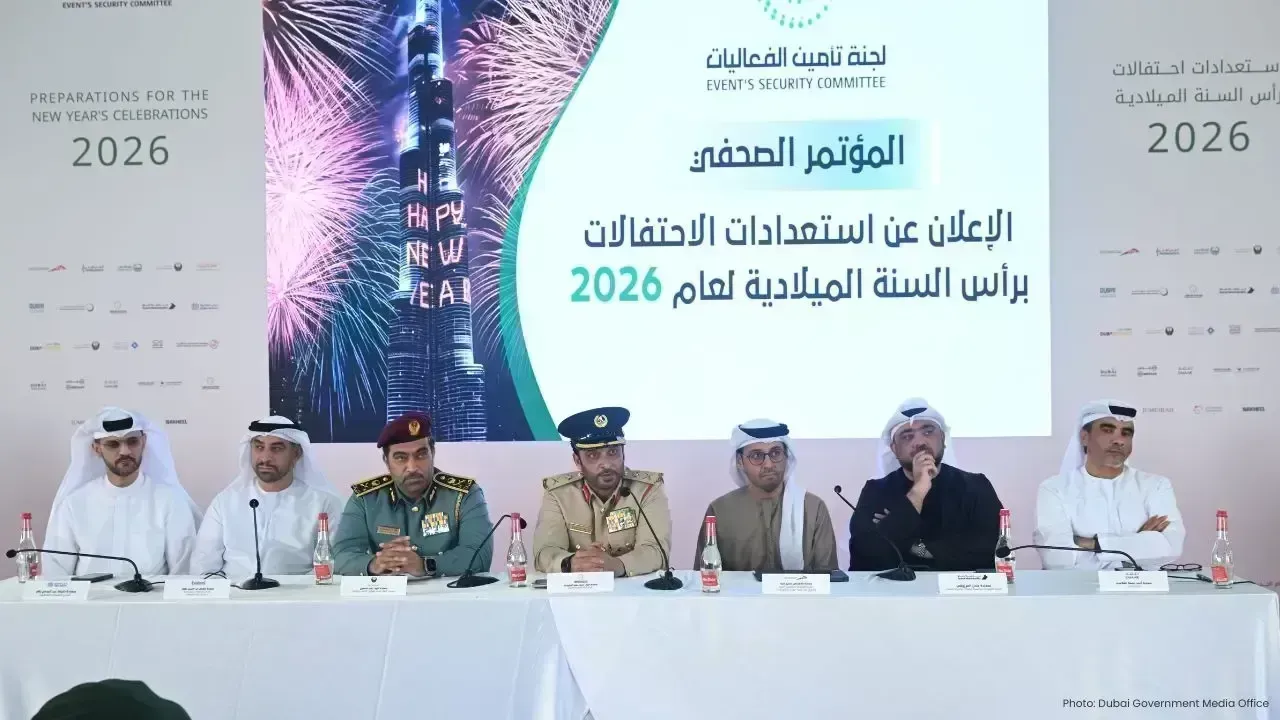
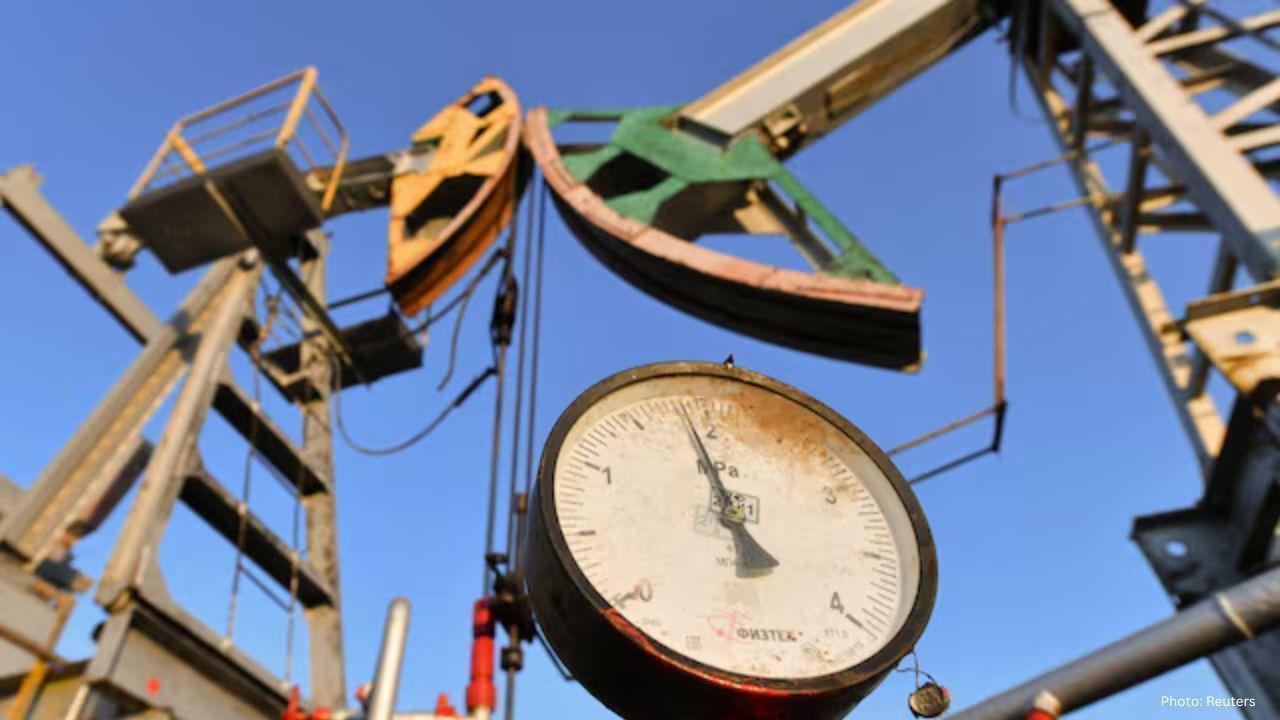

Thailand Defence Minister Joins Talks to End Deadly Border Clash
Thailand’s defence chief will join talks with Cambodia as border clashes stretch into a third week,

India Raises Alarm Over Fresh Attacks on Hindus in Bangladesh
India has condemned recent killings of Hindu men in Bangladesh, calling repeated attacks on minoriti

Sidharth Malhotra & Kiara Advani Celebrate Baby Saraayah’s 1st Christmas
Sidharth and Kiara share adorable moments of baby Saraayah’s first Christmas with festive décor and

South Korea Seeks 10-Year Jail Term for Former President Yoon Suk Yeol
South Korea’s special prosecutor demands 10 years for ex-President Yoon Suk Yeol on charges includin
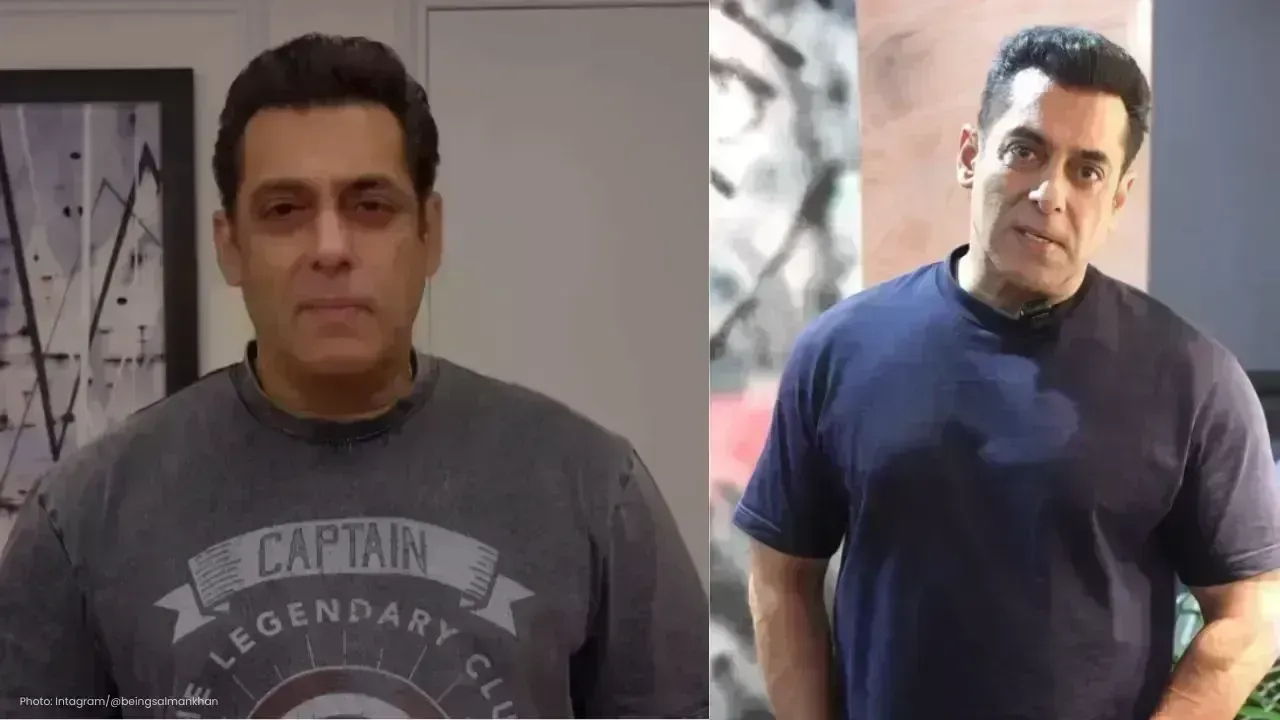
Salman Khan’s Exclusive 60th Birthday Bash at Panvel Farmhouse
Salman Khan to celebrate his 60th birthday privately at Panvel farmhouse with family, friends, and a

Dhurandhar Breaks Records with Rs 1006 Cr, Becomes Bollywood’s Biggest Hit
Dhurandhar rakes in over Rs 1006 crore worldwide in 21 days, becoming Bollywood’s highest-grossing f